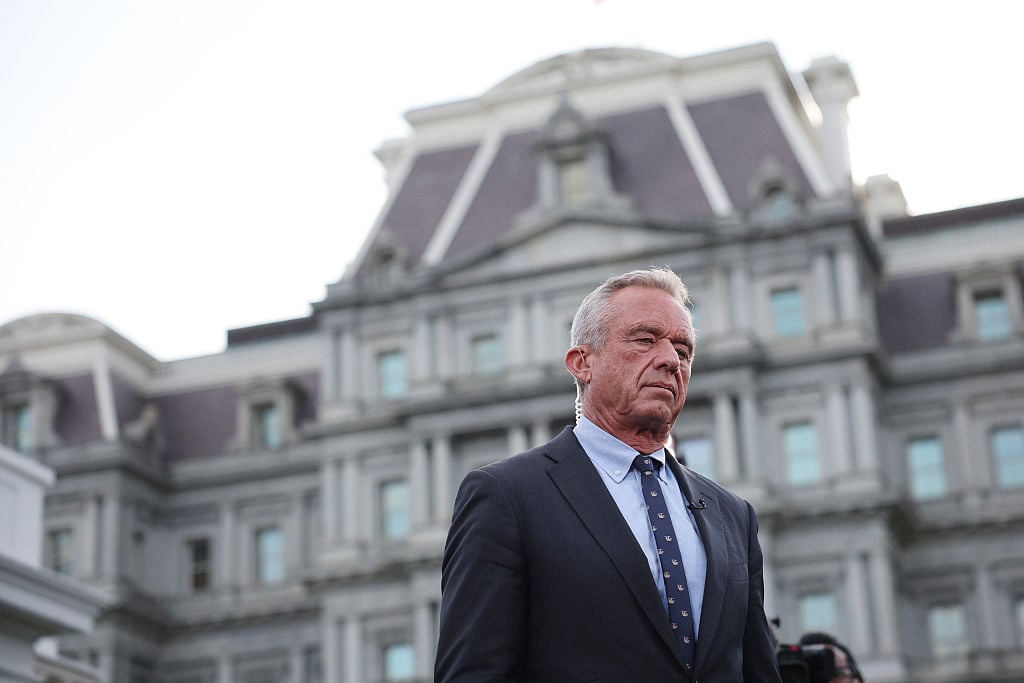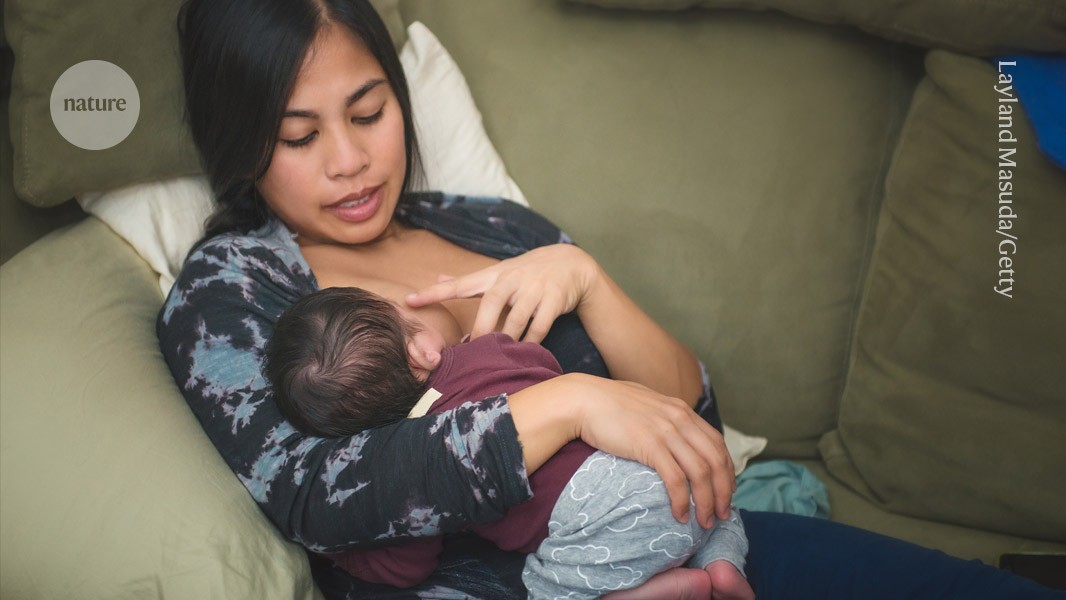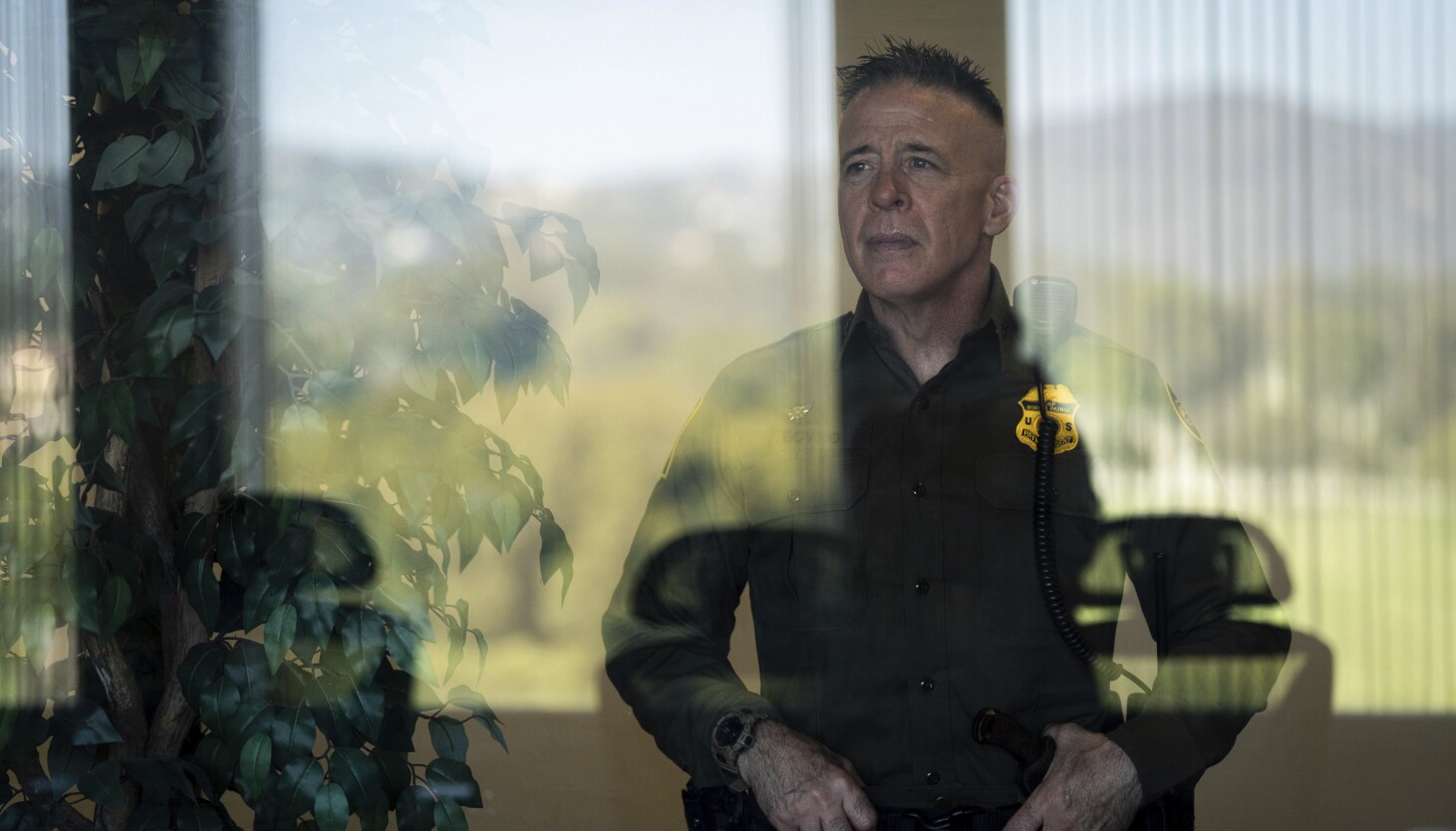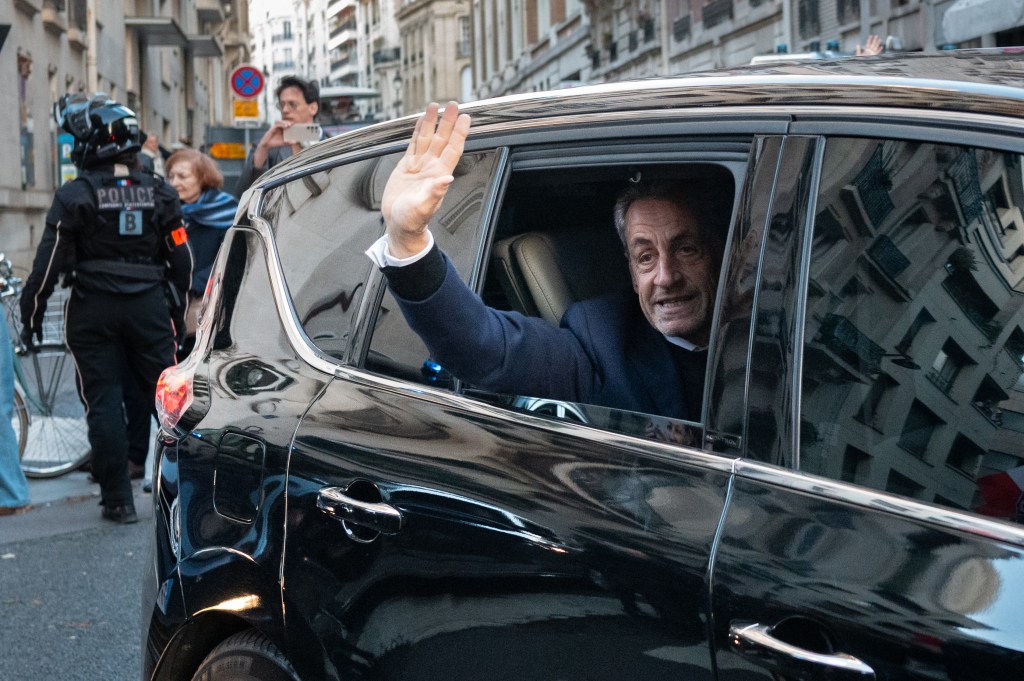Top U.S. Border Patrol Commander-At-Large Gregory Bovino will have to sit for a deposition in an ongoing lawsuit over the feds’ treatment of protesters during the Trump administration’s aggressive deportation campaign in Chicago.
However, U.S. District Judge Sara Ellis put strict limits on Bovino’s deposition, in which he’ll have to answer questions under oath from the lawyers who brought the case.
Ellis said Bovino’s deposition will be limited to “how” federal officers are enforcing the law, and whether they are violating people’s constitutional rights. She said Bovino should not be asked, more broadly, “why” Chicago has been targeted.
“It is not at all relevant that the administration is seeking to enforce the immigration laws in Chicago versus Austin, Texas,” Ellis said.
Ellis also said lawyers could question former U.S. Immigration and Customs Enforcement Chicago Field Director Russell Hott and U.S. Border Patrol Deputy Chief Patrol Agent Daniel Parra. The judge limited the depositions to two hours each.
She allowed the questioning in advance of a preliminary injunction hearing set for Nov. 5.
Bovino is the public face of the Trump administration’s “Operation Midway Blitz” in Chicago, as well as the earlier “Operation At Large” in Los Angeles. The California operation led to a controversial U.S. Supreme Court ruling last month that allowed federal agents to continue stopping people based on race, language and other factors there.
The Supreme Court majority did not explain itself in that case. Bovino later told a WBEZ reporter agents in Chicago were stopping people based partly on “how they look.”
Ellis agreed to Bovino’s deposition during a roughly five-hour hearing in which top officials from ICE and U.S. Customs and Border Protection were forced to answer her questions about the treatment of protesters here.
Earlier this month, the judge forbade agents from using gas and other “riot control” weapons without warning in Chicago as they carried out the deportation campaign. But Ellis insisted on Monday’s hearing after media reports gave her “serious concerns” about whether her order was being followed.
The case has been closely watched, especially after the use of tear gas Oct. 12 in Albany Park and in a residential neighborhood on the Southeast Side on Oct. 14 following a chase where federal agents rammed an SUV.
Ellis heard on Monday from CBP Deputy Incident Cmdr. Kyle Harvick, and from Deputy ICE Field Office Director Shawn Byers. Each man defended agents’ actions on the ground. However, their testimony came in the wake of a recent ruling by U.S. District Judge April Perry, who found the Trump administration’s “perception of events” is “simply unreliable.”
Her ruling blocked Trump from deploying National Guard troops here.
Harvick discussed the incident in Albany Park, where witnesses said they heard no warning before the use of gas. No warnings can be heard on videos of the incident showing the scene leading up to the gas being thrown in the middle of a residential street.
But Harvick said he spoke to the supervisor who deployed the gas in Albany Park. That supervisor told him that he and others had issued warnings to the crowd, Harvick told the judge.
Harvick also told the judge the incident in Albany Park amounted to an “enforcement action.” Situations like those, he said, get “more and more dangerous the longer we are there.” He said people gathered and linked arms together, preventing agents from leaving the area.
Harvick called it “active resistance.”
“They were given lawful orders to get out of our way so we may depart and continue with our duties, which they disobeyed multiple times,” Harvick said.
In the later incident on the Southeast Side, Harvick said people had gathered and started throwing objects at agents — including eggs, bricks and “metal objects of some sort.”
“Lawful orders were given to scoot back, which were disobeyed so much that we had two vehicles’ tires that were slashed, and the rear window was broken out,” he said.
When asked about ICE’s processing facility in Broadview, Byers said he’d directed agents there to warn protesters what the consequences would be if they didn’t follow commands there.
He also sought to justify the incident in which the Rev. David Black of the First Presbyterian Church of Chicago was shot in his head with a pepper ball outside the facility.
Byers explained to the judge that, “what’s not being shown” about the incident is that Black “was given multiple commands” that he didn’t obey.
Both men also told the judge they were not aware of any agent who has been disciplined over the use of force since the Chicago deportation campaign began.
First Appeared on
Source link













